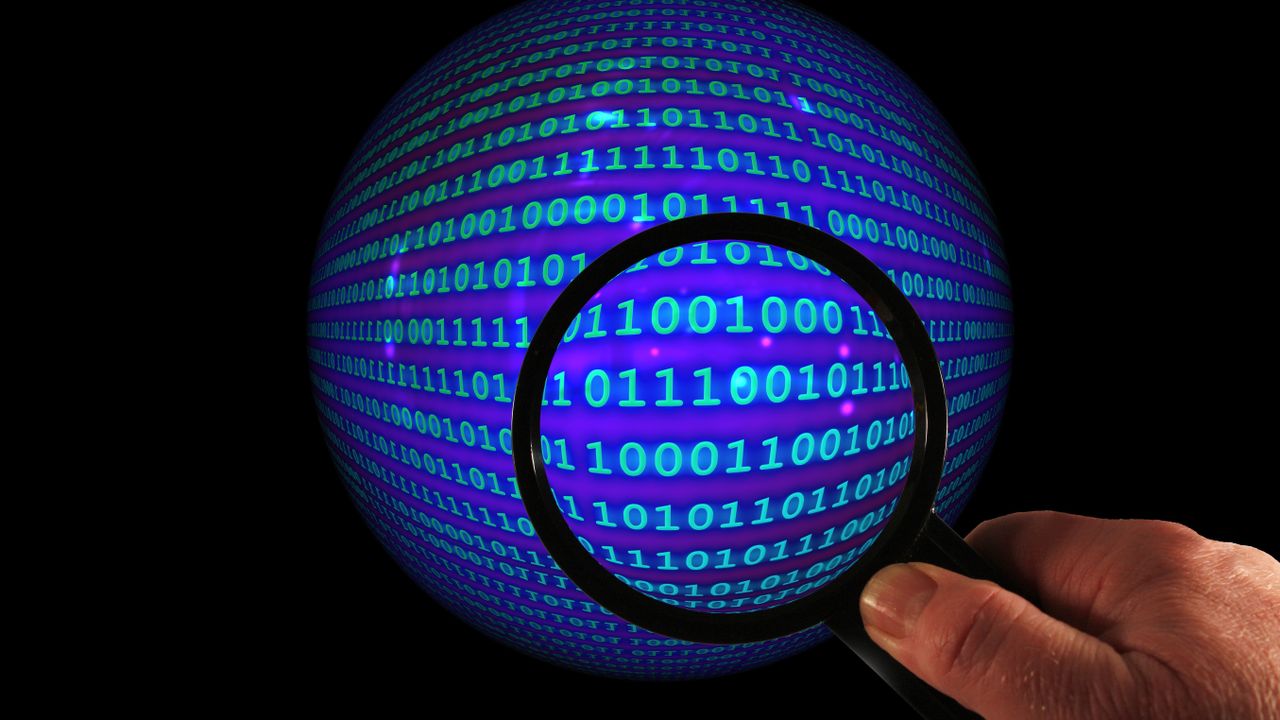
Bounceback Britain: Defend and Recover

Cybersecurity and resilience are now indispensable for any organisation aiming for success in our interconnected world. Given the relentless pace at which threats are evolving, safeguarding your business requires more than just vigilance. It necessitates a dual approach: firstly, proactive measures to identify and neutralise attacks before they can even occur, and secondly, a responsive and efficient plan to facilitate swift recovery in the event of a breach.
The Evolving Timeline of Cyberattacks in the Age of AI
One of the most misunderstood aspects of cybersecurity is the temporal element. Cyberattacks don’t simply begin when they are detected; they commence the moment unauthorised access is gained. This initial intrusion can predate detection by weeks, or even months. Research indicates that the period between initial access and detection, often referred to as “dwell time,” has a global median of approximately ten days.
During this critical period, attackers operate covertly. They meticulously analyse systems, pinpoint vulnerabilities, and strategically position themselves to maximise the impact of their attack. They exploit this window to exfiltrate sensitive data, disrupt business operations, or deploy malicious software such as ransomware.
Artificial Intelligence (AI) is fundamentally changing the timing and nature of these attacks. A recent report from the National Cyber Security Centre (NCSC) in the UK highlights a growing disparity between organisations equipped to effectively counter AI-enabled threats and those that are falling behind. Alarmingly, AI has the potential to simultaneously expand the attack surface and reduce dwell time, presenting a significant challenge even for the most well-prepared defenders.
The Cybersecurity Challenges Posed by AI
Every major technological advancement inevitably creates new security vulnerabilities, and AI is no exception. The NCSC emphasises that the improper integration of AI systems can expose significant weaknesses. For example, Generative AI (GenAI) introduces risks related to data exposure, manipulation of generated content, sensitive information leakage, and even injection attacks that can compromise the AI tools themselves.
Maintaining the integrity of both training and inference data is becoming an increasingly complex challenge, particularly as data becomes more decentralised. A substantial majority of companies recognise that AI will generate vast quantities of data that require robust protection.
However, a considerable percentage of organisations back up only a fraction of their total AI data. This discrepancy highlights the urgent need for comprehensive data protection strategies that span infrastructure, operations, and governance.
Proactive Defence: Staying One Step Ahead
The modern threat landscape demands smarter, faster responses. A proactive defence strategy, firmly rooted in zero-trust principles, is now essential. Zero-trust is best understood as an architectural approach to security, rather than a specific product that can be purchased.
The core principle of zero-trust is “never trust, always verify.” This means rigorously verifying every user, device, and application before granting access to any resource, regardless of their location on the network or prior verification status.
Advancing cybersecurity maturity hinges on focusing on three key areas:
- Reducing the Attack Surface: Minimising the opportunities for malicious actors to gain access to the network, move laterally, and cause damage.
- Detecting and Responding to Threats: Actively identifying and addressing potential security incidents and malicious activities in their earliest stages.
- Recovering from Potential Breaches: Implementing strategies and technologies to facilitate rapid and complete recovery in the event of a successful attack.
Reducing the attack surface involves making it significantly more difficult for attackers to penetrate the network. This requires a multi-layered approach, starting with penetration testing and vulnerability assessments to identify and remediate security gaps that require immediate attention.
Other critical measures include:
- Network Segmentation: Dividing the network into isolated segments to limit the impact of a breach.
- Strict Access Controls: Implementing granular access controls to ensure that users only have access to the resources they need.
- Data Isolation: Isolating sensitive data to prevent unauthorised access.
- Regular Updates: Consistently updating software and systems to patch vulnerabilities and mitigate exposure to known risks.
However, even with the most robust attack surface reduction measures in place, breaches can still occur. Therefore, organisations must also prioritise the second pillar: actively identifying and addressing potential security incidents at the earliest possible stage.
Managed Detection and Response (MDR) solutions leverage the power of AI to monitor systems in real-time, detect unusual activity, and neutralise threats before they can escalate. These systems identify anomalies such as suspicious login patterns, unusual network traffic, or data tampering, providing early warnings of potential attacks.
When combined with automation, these systems can immediately isolate compromised accounts or devices, preventing malicious actors from moving deeper into the network.
Furthermore, advanced analytics can analyse data at a granular level, identifying even subtle warning signs of potential attacks. These tools can detect data tampering, signalling a possible breach before significant damage occurs. This foresight is invaluable, enabling organisations to take action before a threat escalates into a full-blown crisis.
Recovery: When Proactive Measures Aren’t Enough
No defence strategy is entirely foolproof. Human error, insider threats, or highly sophisticated cyberattacks can occasionally bypass even the most stringent security protocols and advanced detection systems. When this happens, recovery becomes the top priority. AI-powered principles can guide recovery efforts, focusing on:
- Isolation: Protecting critical backups by separating them from normal operations, preventing attackers from tampering with the stored data.
- Immutability: Ensuring that backups cannot be altered, deleted, or overwritten, providing a secure foundation for restoration. Automated System Recovery (ASR) is an example of a tool that can quickly restore compromised servers to their last functioning state.
- Intelligence: Using analytical tools to review data for signs of corruption, detect anomalies such as unauthorised encryption or mass deletions, and assess damage levels across the entire digital infrastructure. These forensic insights help businesses understand the severity and scope of an attack, enabling them to prepare for future resilience.
Navigating the Evolving Threat Landscape
We are at a crucial juncture in cybersecurity. Attackers are increasingly leveraging AI to outmanoeuvre defences, but defenders can also utilise the same technology to strengthen their protection and response strategies. By focusing on reducing vulnerabilities, detecting threats early, and empowering teams with effective recovery mechanisms, organisations can achieve the resilience needed to both survive and thrive in today’s challenging threat environment.



